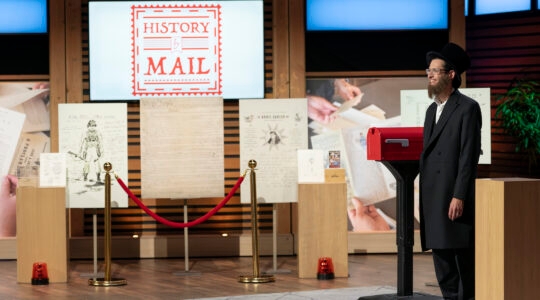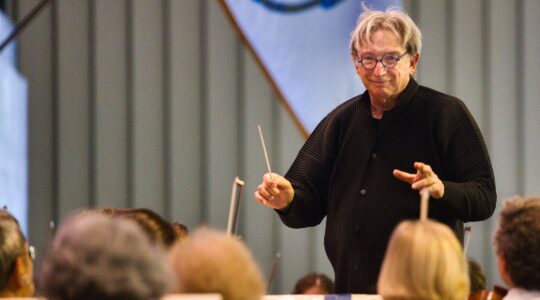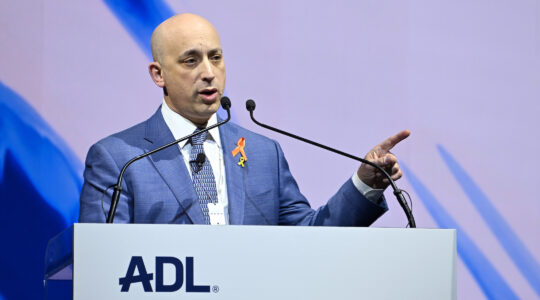Sam Roberts of The New York Times tells the story behind the 13 signs on a Brooklyn Bridge approach announcing the Ari Halberstam Memorial Ramp.
Sixteen-year-old Ari was killed in 1994 when a Lebanese gunman opened fire on a van full of Chasidic youths in the days following the massacre of 29 Arab worshippers at the Cave of the Patriarchs in Hebron by a Jewish gunman, Baruch Goldstein.
A key piece of the story Roberts doesn’t fully explain is the storm of controversy surrounding the shooting’s motive, and how it influenced the decision to name the ramp. (I covered this story in 1998-1999 as a reporter for the Forward.)
While many, including Ari’s mother, Devorah Halberstam, considered the motive to be self-evident — a revenge attack for what happened in Hebron, and therefore an act of terrorism — law-enforcement authorities did not treat it that way. At one point, the FBI ascribed the shooting to road rage.
Devorah Halberstam fought a long battle to get that designation changed, drafting U.S. senators, Mayor Rudy Guiliani, Gov. George Pataki and numerous other public officials to her cause (for more detail, see my 2001 story on this in the Middle East Quarterly). The erection of the 13 signs on the bridge were of a piece with that, and a gesture by the city and a sympathetic mayor that Ari’s memory — and the motive for his death — would not be forgotten.
After much back-and-forth, federal authorities finally conceded in 2000 that the shooting indeed had been an act of terrorism. Halberstam has continued her campaign for her son’s memory, dedicating the Jewish Children’s Museum in Brooklyn to him, filing lawsuits against gun manufacturers and tirelessly warning of the threat of domestic terrorism.
Read the Times story here.
JTA has documented Jewish history in real-time for over a century. Keep our journalism strong by joining us in supporting independent, award-winning reporting.





